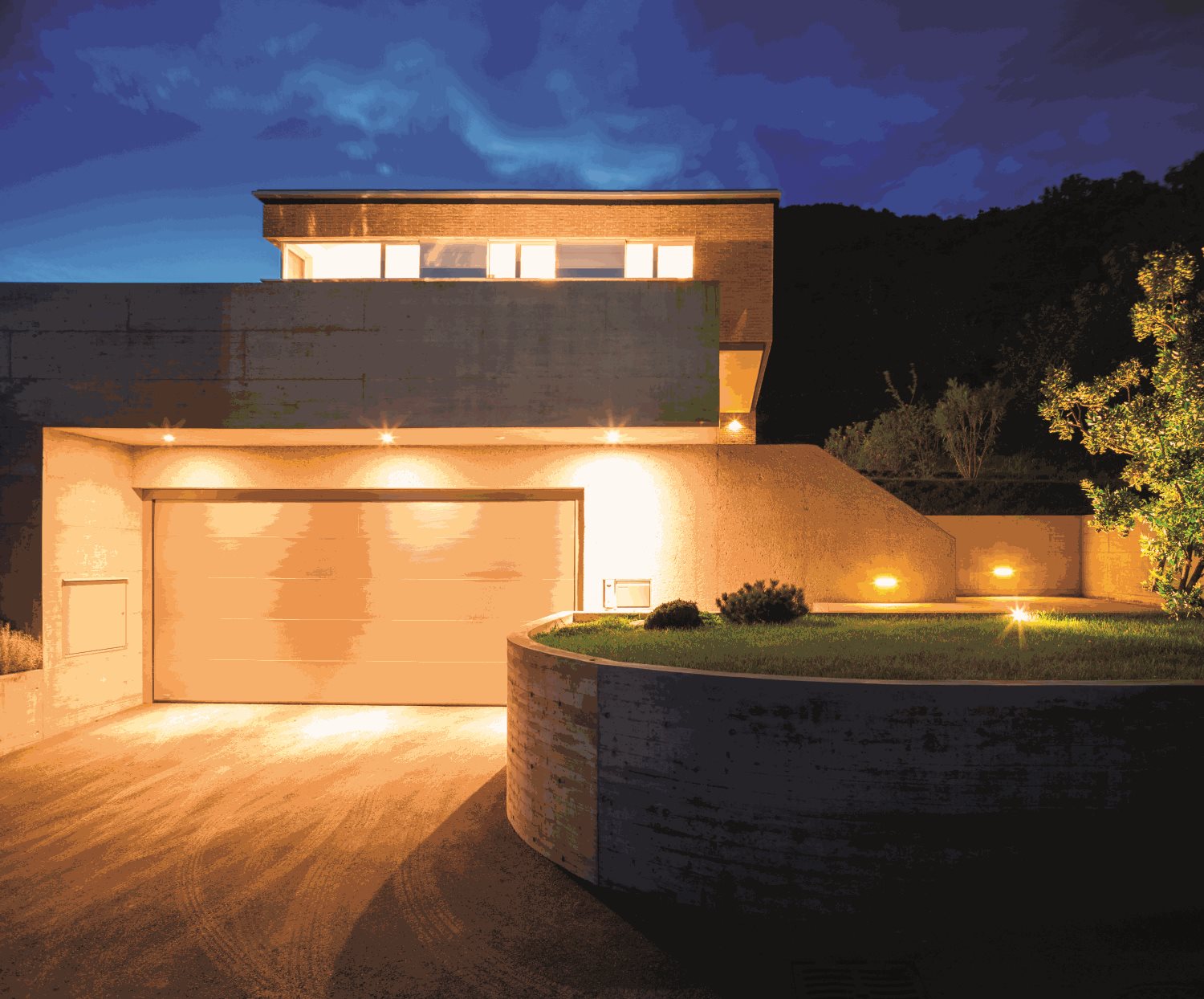
Planning for safety
Amy’s renovation tips:
- When you are doing a renovation, it is a great time to consider all the pain points you have around the home, which the electrician might be able to help you solve. Things like not having enough power outlets, light switches in the wrong places, and old switches.
Plan your switch and socket placement throughout the house so you can talk this through with your electrician, and they can access if it is possible, how much it will cost, and if your switchboard will be able to handle what you would like to do. - The average Kiwi household could save between $100 and $150 a year on its power bill by switching to LED lightbulbs according to the Energy Efficiency and Conservation Authority (EECA). So it could be worth having a chat with your electrician about installing LED lighting too.
- Check all your power points are still working well and don’t have any signs of damage, i.e. no discoloration or black lines around them which indicates they might have had a flash before.
- Check extension cords and the leads on your electrical appliances, and ensure they are in good condition. If you can see exposed wires i.e. red, black and green wires in your power cords, they will need to be repaired or replaced.
- In New Zealand, RCDs only became mandatory in 2003, so if your home was built prior to this, there is a good chance you don’t have RCD protection in your switchboard. An RCD device is designed to protect you from getting a fatal electric shock, so they are definitely worth talking to your electrician about.
- If you do have RCDs in your switchboard, it’s a great idea to test them once a year to check they are working. There should be a test button, simply push this, and if everything is working it should trip the circuit (note: this will turn the power off to this circuit).
- If a circuit breaker in your switchboard trips more than once in 6 months, get an electrician to come and check it out. It could be a sign of some issues in your electrical system. Flickering lights are another sign to watch out for.
- If you are doing a renovation, chances are you are in an older home. These homes are more likely to have older wiring, which can increase the risk of a fire. The use of arc fault detection devices can help to reduce that risk, by tripping a circuit before a fire starts.
Talk to your electrician about arc fault detection devices and if they are worth considering for your home. Read our case study on Peter Wolfkamp's villa renovation with AFDDs. - Call your electrician if you have any doubts about the electrical safety of your home. They can check, identify any issues, and ensure your home’s safety is maintained.

